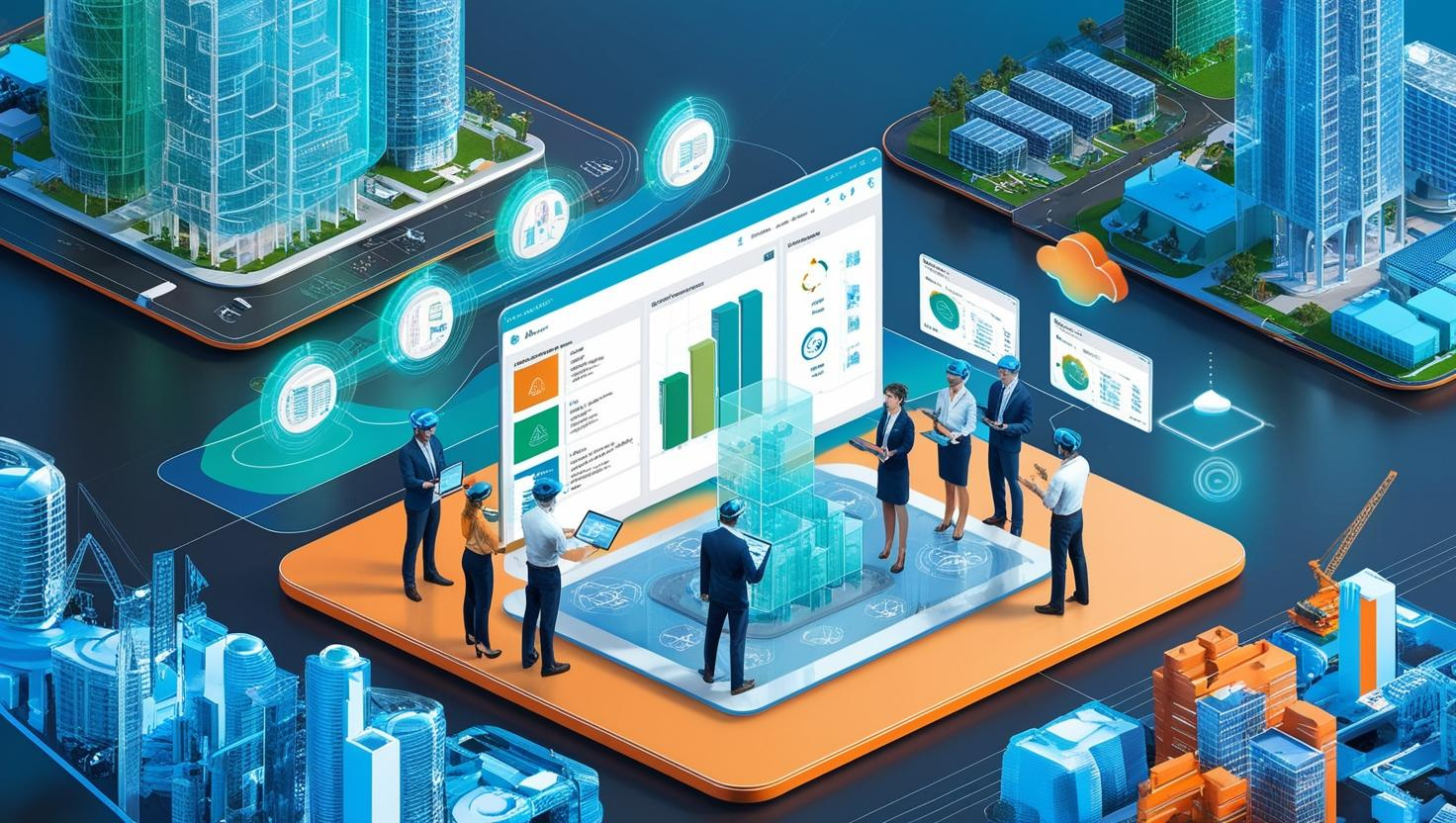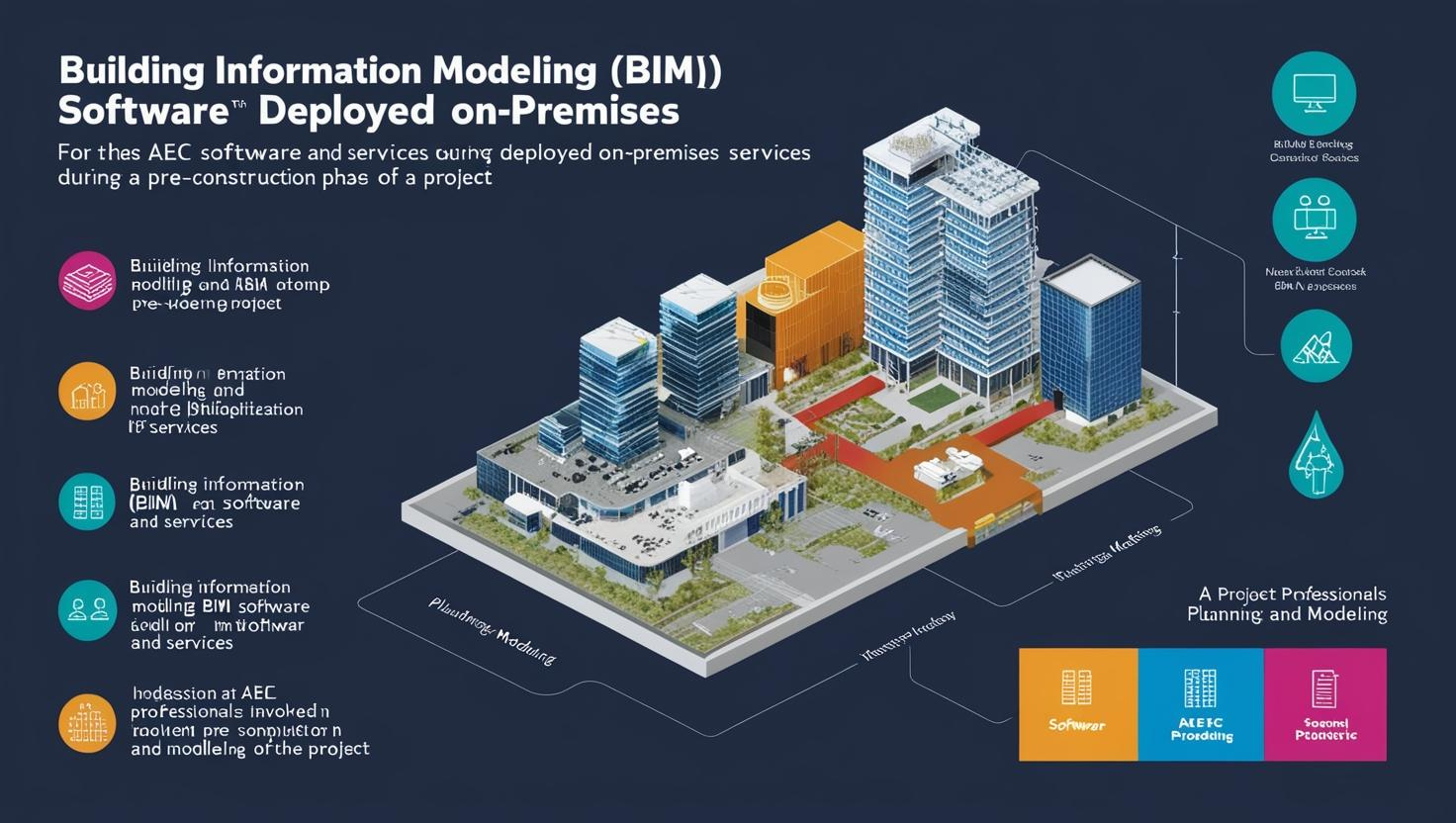Building Information Modeling (BIM) has revolutionized the architecture, engineering, and construction (AEC) industry by enabling digital representation, collaboration, and project efficiency. As the demand for smart and sustainable infrastructure grows, BIM adoption is accelerating worldwide. However, despite its advantages, the industry faces challenges that must be addressed for further expansion. This article explores key BIM market trends, opportunities, and challenges shaping its future.
Download PDF Brochure @ https://www.marketsandmarkets.com/pdfdownloadNew.asp?id=95037387
Key Trends Driving the BIM Market
- Increasing Adoption of Cloud-Based BIM Solutions
Cloud-based BIM software is transforming the industry by improving collaboration and data accessibility. Cloud platforms allow real-time data sharing among architects, engineers, contractors, and stakeholders, reducing errors and improving project efficiency. As organizations embrace digital transformation, cloud-based BIM adoption is expected to rise significantly.
- Integration of AI and Machine Learning in BIM
Artificial Intelligence (AI) and Machine Learning (ML) are enhancing BIM capabilities by automating design processes, optimizing construction planning, and predicting potential project risks. AI-powered BIM tools help in clash detection, material optimization, and energy efficiency analysis, enabling cost-effective and sustainable construction.
- Growing Demand for Sustainable and Green Construction
With increasing focus on environmental sustainability, BIM is playing a crucial role in designing energy-efficient and eco-friendly buildings. BIM helps in analyzing energy consumption, carbon footprint, and materials used, ensuring compliance with green building standards such as LEED (Leadership in Energy and Environmental Design) and BREEAM (Building Research Establishment Environmental Assessment Method).
- Expansion of BIM in Emerging Markets
Developing economies are rapidly adopting BIM to improve infrastructure projects, reduce construction delays, and enhance project management. Countries like India, China, and Brazil are witnessing government initiatives that mandate the use of BIM in public projects, further fueling market growth.
- Digital Twin Technology and BIM Convergence
The integration of Digital Twin technology with BIM is revolutionizing building lifecycle management. Digital Twins create virtual replicas of physical structures, allowing real-time monitoring, predictive maintenance, and performance analysis. This trend is expected to drive significant investments in the BIM market.
Opportunities in the BIM Market
- Government Mandates and Policies
Several countries have made BIM adoption mandatory for large-scale infrastructure projects. Governments worldwide are recognizing the benefits of BIM in reducing project costs, enhancing efficiency, and minimizing environmental impact. These regulations are creating new growth opportunities for BIM service providers.
- Rising Infrastructure Development Projects
Urbanization and smart city initiatives are increasing the demand for BIM in infrastructure projects, including transportation, healthcare, and commercial buildings. The need for efficient project execution and long-term asset management is pushing developers to integrate BIM into their workflows.
- Advancements in 5G and IoT Connectivity
The deployment of 5G and the Internet of Things (IoT) is expected to improve BIM’s capabilities by enabling real-time data exchange, remote monitoring, and automation in construction processes. This will drive further adoption of BIM across industries.
Challenges Hindering BIM Market Growth
- High Initial Implementation Costs
Despite its long-term benefits, BIM implementation requires significant investment in software, training, and infrastructure upgrades. Small and medium-sized enterprises (SMEs) often find it challenging to allocate resources for BIM adoption, slowing down market penetration.
- Lack of Skilled Workforce
BIM requires specialized knowledge and expertise, and there is a shortage of skilled professionals in the industry. Training programs and upskilling initiatives are essential to bridge this gap and ensure the successful deployment of BIM technologies.
- Data Security and Interoperability Issues
With the increasing digitization of construction data, cybersecurity risks are a major concern. Additionally, interoperability between different BIM software platforms remains a challenge, as various stakeholders use different tools, leading to data compatibility issues.
- Resistance to Change in Traditional Construction Practices
Many organizations still rely on traditional construction methods and are hesitant to adopt BIM due to resistance to change, lack of awareness, or skepticism about its return on investment. Overcoming this mindset requires industry-wide education and demonstration of BIM’s benefits.
The Building Information Modeling (BIM) market is experiencing rapid growth, driven by technological advancements, sustainability initiatives, and increasing infrastructure projects. While there are challenges to overcome, the opportunities outweigh the obstacles, making BIM an essential tool for the future of the AEC industry. As governments and businesses continue to invest in digital transformation, BIM will remain a key enabler of efficient, cost-effective, and sustainable construction.


